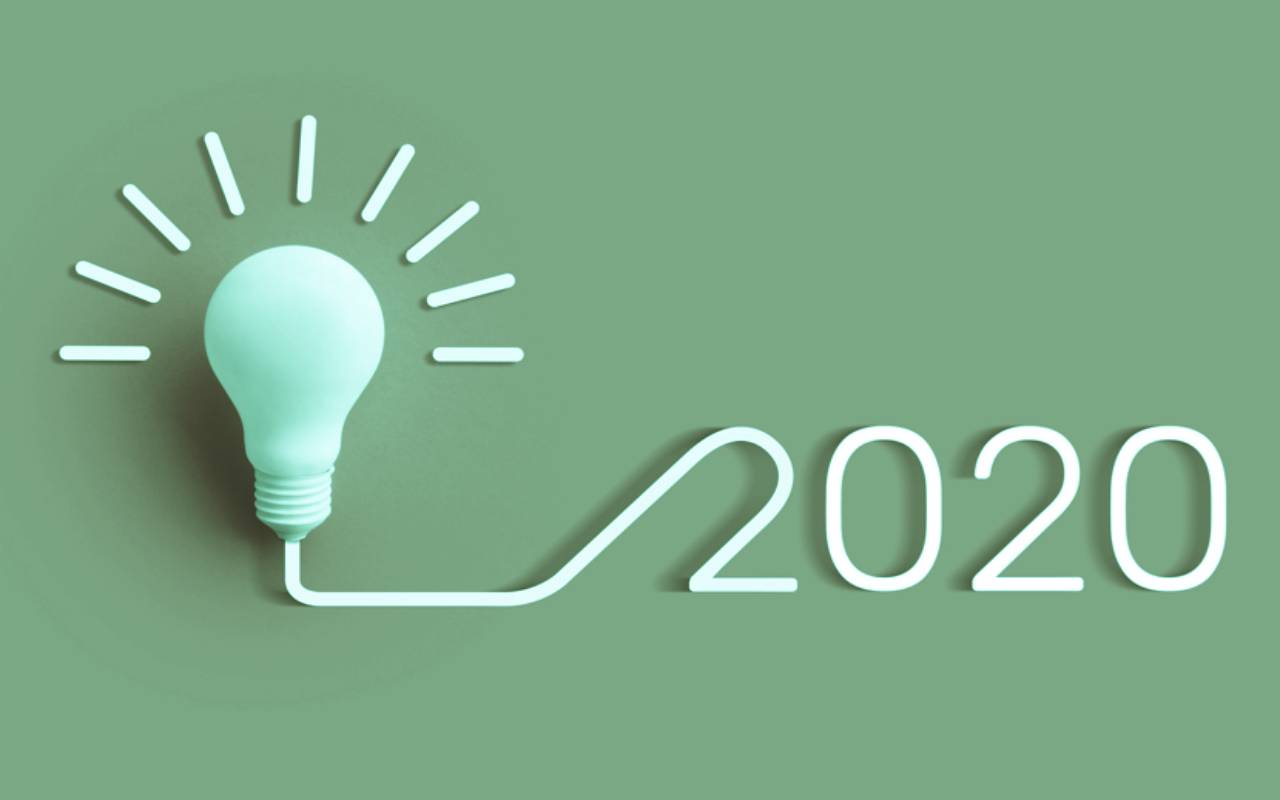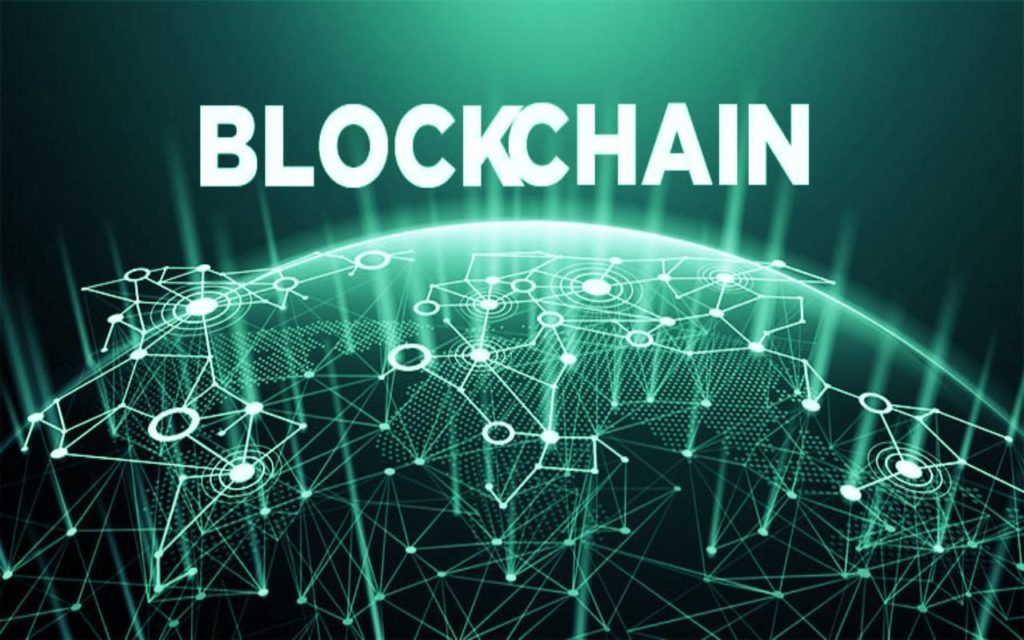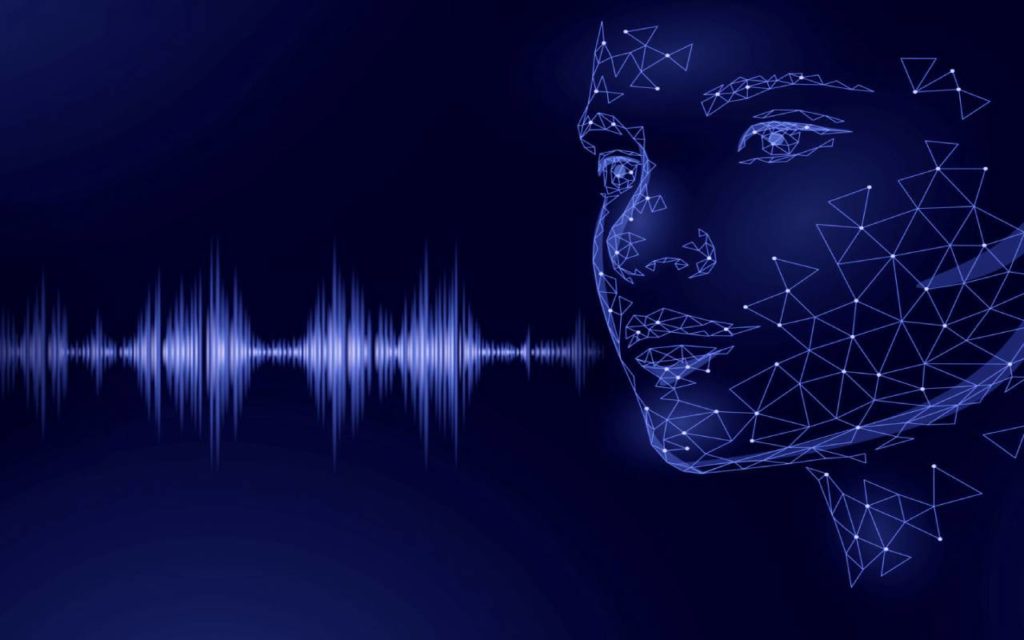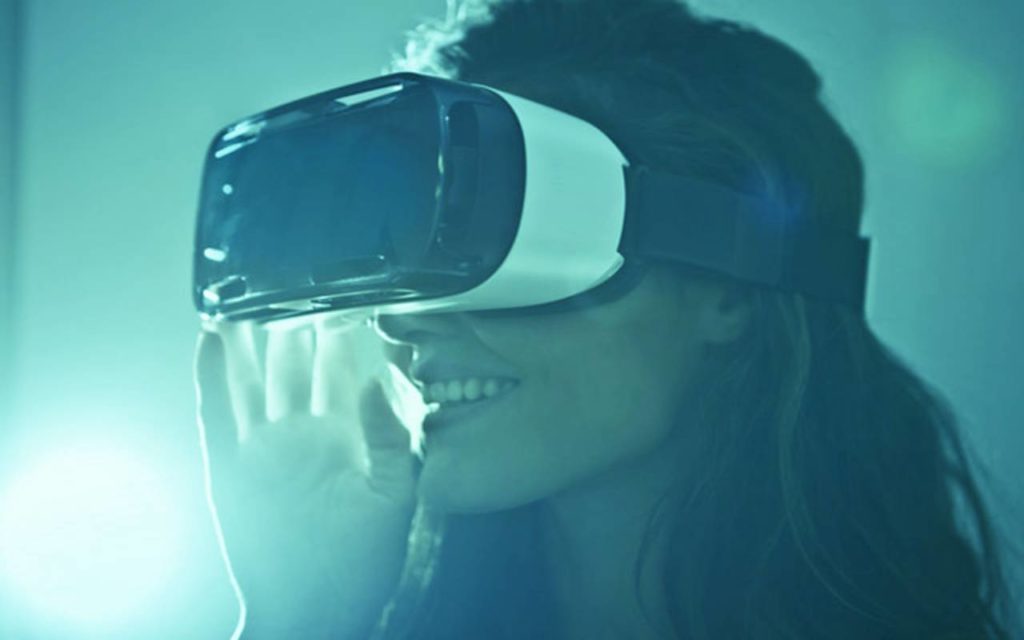Top Most Technology Trends In 2020

In this article, we are going to discuss the top most technology trends that are going to dominate the market in 2020 and their uses, advantages and many more
Table of Contents
1) Artificial Intelligence
Artificial intelligence (AI) makes it possible for machines to learn from experience, adjust to new contributions and perform tasks as humans do. Most of the examples of artificial intelligence that you hear today – from computers that play chess to cars that drive themselves – are mostly based on deep learning and natural language processing.
The challenge of AI is to make machines capable of guessing, on a scale and with a level of precision that we as humans cannot reach. Machines “learn” while processing specially designed and collected data for training. Artificial intelligence is based on the probabilistic method, according to which machines are oriented towards what they perceive as the most probable reality. And it is always changing, By processing more and more data, machines continually adjust their reality model, intuiting what they are “seeing,” “hearing,” or “interpreting.” An intelligent assistant – like Alexa on Amazon Echo, Apple new Siri and Sony’s Xperia Agent – listens to what you say, analyzes how to interpret it, and finally offers you an answer. Will it be adequate? Maybe not, but Alexa learns: if he makes a mistake, he adjusts and improves.
2) Blockchain Technology

The technology that underlies Bitcoin and similar cryptocurrencies – often referred to as blockchain or distributed ledger technology (DLT) – has attracted considerable attention in a wide range of industries and investors. From government to retail, through financial services, innumerable use cases are proposed to boost them.
Many start-ups, technology companies, consulting companies, and communications service providers are promoting products and services to sell Blockchains and associated technologies.
The birth of potentially disruptive Blockchain technology is occurring in a market in which companies are influenced by a series of existing technologies, based on the 3rd platform ( mobile, social, cloud and Big Data/analytics). IDC believes that the technology we currently refer to as “Blockchain” will be totally disruptive in the industry, generating new use cases, products and business lines.
Blockchain technology, in contrast to AI, focuses on validation, permanence and achieving higher levels of certainty and control. Like solving a block by block puzzle, a chain of transactions is encrypted and saved so that it cannot be altered. While artificial intelligence leads to the discovery of opportunities and risk assessment, Blockchain technology takes action at the time of executing the plan. In that sense, smart contracts and Blockchain must be, above all, deterministic. Not probabilistic.
Blockchain technology is, like Detective Joe Friday – from the Dragnet series – the pragmatic member of the team: “Only the facts matter.” Blockchain validates all identities and transactions, automatically, throughout the entire chain.
Both artificial intelligence Blockchain use algorithms. While AI algorithms are vital to their cognitive and perception objectives, in Blockchain technology they are mere means of validating and recording the accuracy of transactions. The data becomes a reference – tamper proof – of who did what, when, why and for how much.
3) IoT(Internet of Things)
The Internet of Things is a concept that is becoming increasingly important, although there are still tests about its functionality, there is no doubt that it is already a reality. Find out exactly what it is.
If we had to define this term, it would be to interconnect physical objects or hardware to a network using the internet, which will allow this hardware to program-specific events or be managed remotely. Who would not like your refrigerator to let you know when your milk ran out or when a product is about to expire? Through an application, we could order our kitchen to prepare dinner.
This would work through a specific IP, through which each object can be accessed for instructions. You can also contact an external server and send the data you collect.
There are also applications of the Internet of Things for transport, the energy industry, and virtually all commercial sectors. The consumer market, that is, homes, is the great slope, although it is probably only a matter of time before we see the internet of things present in the vast majority of houses around the world.
4) Machine Learning

Machine Learning is the branch of Artificial Intelligence that aims to develop techniques that allow computers to learn. More specifically, it is about creating something capable of generalizing behaviors and recognizing patterns based on information provided in the form of examples. It is, therefore, a process of knowledge induction, that is, a method that allows a general statement to be obtained by generalization from statements that describe particular cases.
When all the particular cases have been observed the induction is considered complete, so the generalization to which it gives rise is considered valid. However, in most cases it is impossible to obtain a complete induction, so the statement to which it gives rise is subject to a certain degree of uncertainty, and consequently, it cannot be considered as a formally valid inference scheme or Can justify empirically. In many cases, the field of machine learning action overlaps that of Data Mining, since the two disciplines are focused on data analysis, however, machine learning focuses more on the study of the computational complexity of problems with the intention of making them feasible from a practical point of view, not only theoretical.
At a very basic level, we could say that one of the tasks of the AA is to try to extract knowledge about some unobserved properties of an object based on the properties that have been observed of that same object (or even of properties observed in other similar objects ) … or, in plain words, predict future behavior based on what has happened in the past. An example of a lot of topicality would be, for example, to predict whether a particular product will be liked by a customer based on the valuations that the same customer has made of other products that he has tried.
In any case, as the topic, we are talking about is related to learning, the first thing we have to ask ourselves is: What do we understand by learning? and, since we want to give general methodologies to produce learning automatically, once we set this concept we will have to give methods to measure the degree of success/failure of learning. In any case, since we are moving an intuitive concept and that we normally use in everyday life to a computational context, it must be taken into account that all the definitions we give of learning from a computational point of view, as well as the various forms of measure it, they will be intimately related to very specific contexts and possibly far from what we intuitively, and in general, understand by learning.
5) Robotic Process Automation (RPA)
- RPA ( Robotic Process Automation ) means robots, are fragments of software that are developed to do certain processes automatically. At great risks, what it does is simulate the actions of humans in the workplace using their keyboard and mouse as a person would normally do.
- Robots execute a large number of repetitive and predetermined tasks efficiently and quickly. Instead, people can be in charge of creating different relationships to improve processes, issue subjective criteria, execute low-frequency tasks and manage change and improvements.
- RPAs do not usually learn from their experience and are not trained to solve certain exceptions they encounter when executing their tasks. There is a variant to this automatic process that is the implementation of artificial intelligence. In this way, the machines do have the ability to make simple decisions just like a human does, and learn from their mistakes to optimize the process.
- This powerful technology will be imposed not only in the banking sector but in the vast majority of them. It allows removing the burden of those monotonous and repetitive tasks to the workers. Thanks to this measure, they can provide greater added value to the company’s strategy.
6) ERP(Enterprise Resource Planning )
Today, many companies are looking for an ERP system for their company, but what exactly is an ERP and how can it benefit a company?
The term ERP refers to Enterprise Resource Planning, which means “enterprise resource planning system.” These programs are responsible for different internal operations of a company, from production to distribution or even human resources.
ERP systems became a great investment these days for companies. According to a 2019 Consulting survey, 40% of companies that acquire an ERP notice an increase in productivity. Request the ERP Guide to find the differences between the best known ERP systems in the market, their price and a review of ERP providers.
Advantages of an ERP system
The main advantages of these systems are:
- Automation of company processes.
- Availability of company information on the same platform.
- Integration of the different databases of a company in a single program.
- Time and cost savings.
7) Cyber Security
Cyber Security is a discipline that is responsible for protecting the integrity and privacy of information stored on a computer system. Although there are already methods that are capable of preserving this information safely, there is no technique to ensure the inviolability of a system.
Continuous cyber attacks show us that such an incident can have catastrophic consequences, from the interruption of production to the closure of sites, the loss of vital data or a negative impact on reputation and brand. Every month we witness increasingly sophisticated attacks that reveal how vulnerable companies and countries are to these new threats. Thus to prevent the cyber attacks cybersecurity technology has become a trending one.
You can consider SSL certificate for data protection as Google also promoted HTTPS few years back. For instance, if your website has multiple subdomains, then you can think about comodo Positive ssl Wildcard for all subdomains’ security.
8) Virtual Reality

It is a fictional reality where they show us unreal scenarios but that immerses us in them until we feel that we really live them.
All this is achieved with technology and accessories such as virtual reality glasses or helmets, including suits, controls or headphones. All of them give us stimuli that are what allow us to enjoy this experience of virtual reality. Like augmented reality, virtual reality is beginning to be extended in several areas, especially in the entertainment and videogames sector and in education.
Types of virtual reality
There are three clearly differentiated types, immersive, non-immersive and semi-immersive virtual reality.
Immersive reality
- In this type, the user perceives sensory stimuli and lives as if the three-dimensional world that is being shown is real.
- This is possible provided that devices prepared for it are used, such as gloves, glasses, suits or helmets.
- Thanks to them, information about the position and rotation of the body is obtained, which allows the technology used to launch the appropriate stimuli to live this experience.
Non-immersive reality
- In this case, we experience all the experience of virtual reality through a screen and not other elements such as the previous type.
- Accessories compatible with the screen are used, ie keyboard, mouse or microphone.
- These are the top technologies that are trending in 2020 and can make a bright impact on our future by bringing many advantages and making human life more comfort
